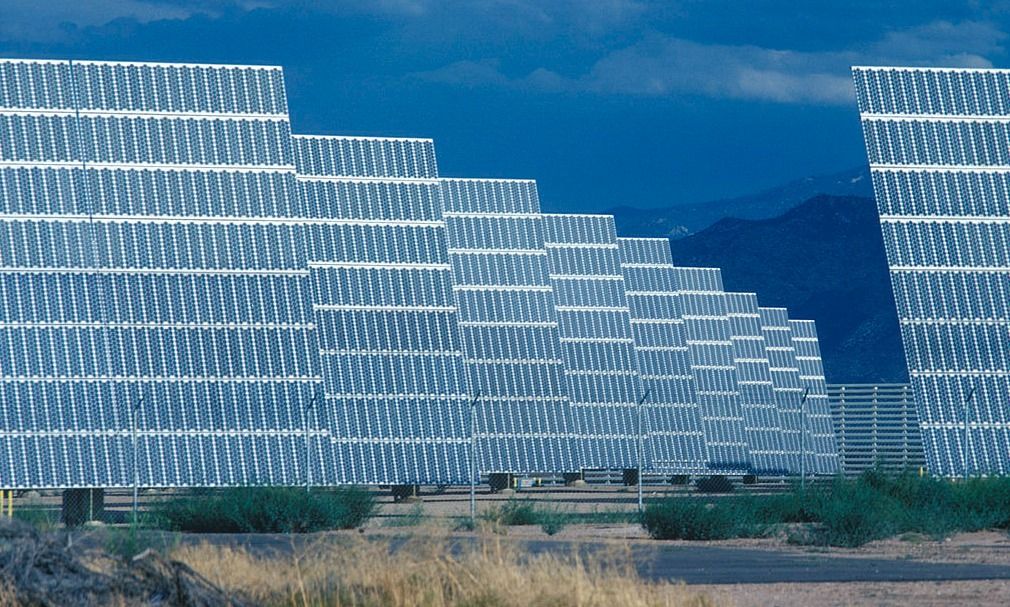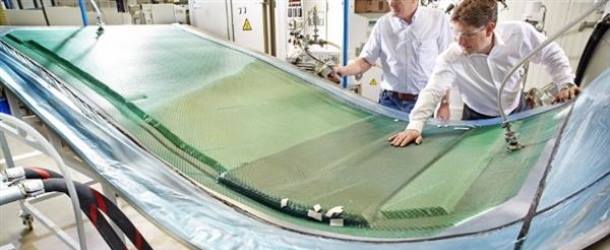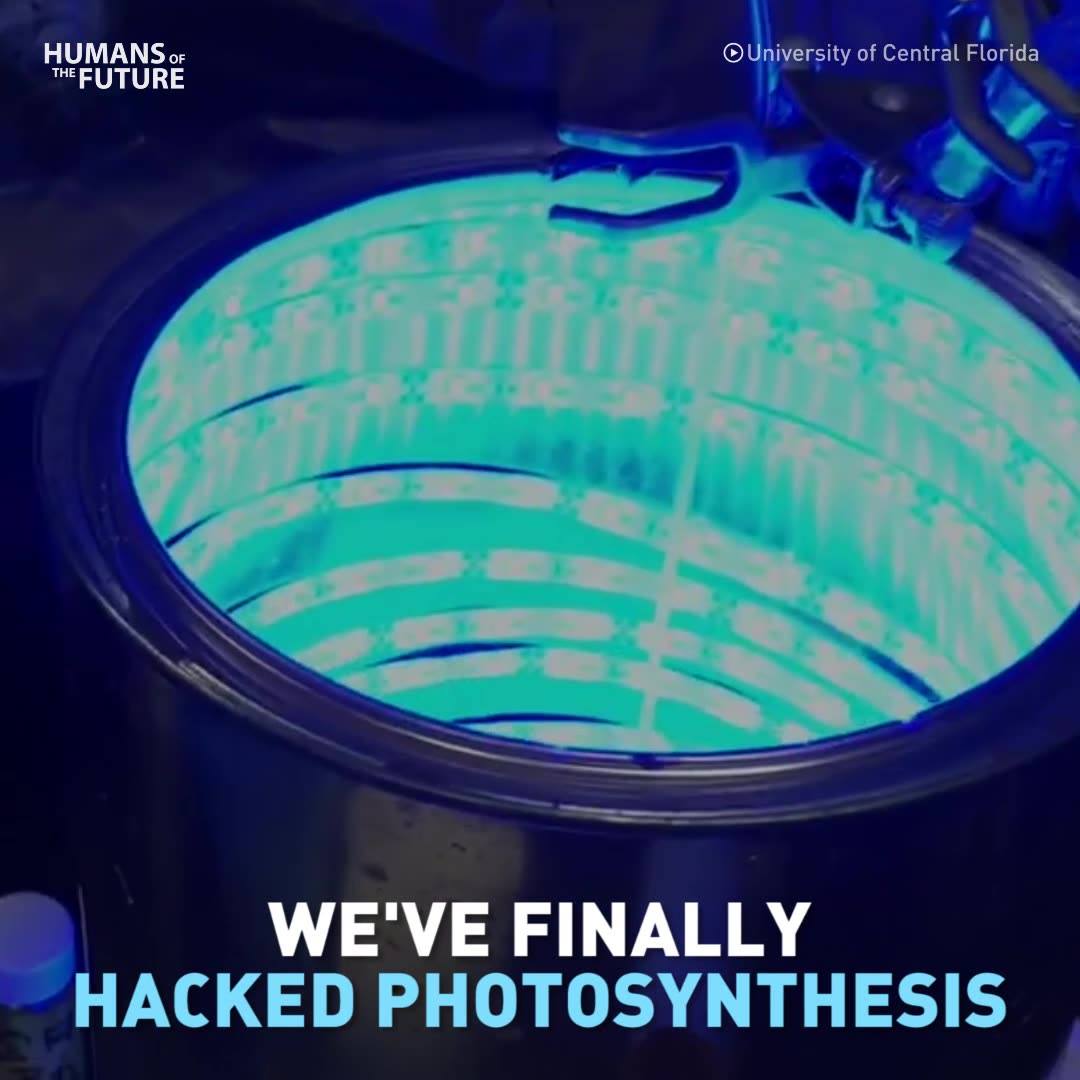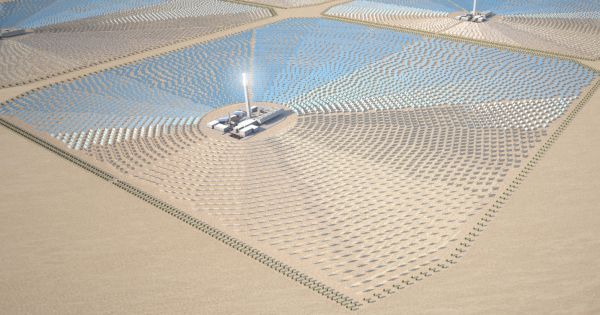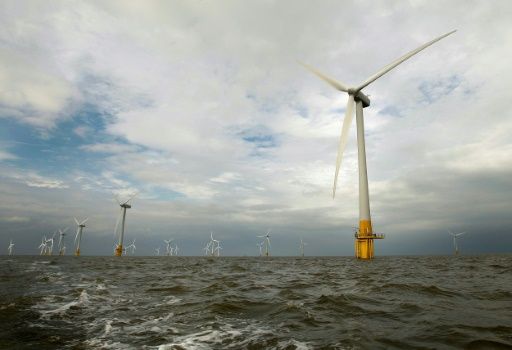Archive for the ‘sustainability’ category: Page 567
Sep 15, 2017
The futuristic Audi car that should worry Tesla—if it ever gets made
Posted by Shailesh Prasad in categories: sustainability, transportation
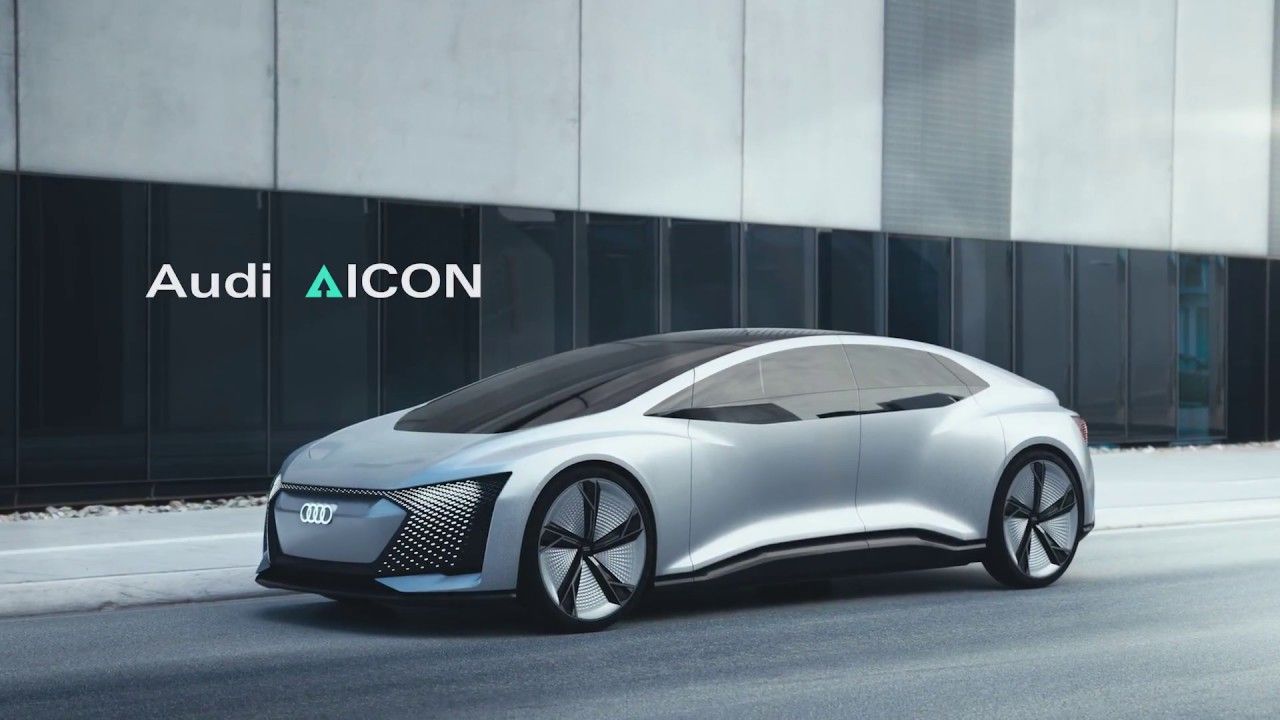
https://youtube.com/watch?v=A9SlPXvSS9Y
It’s called the Aicon, and it’s sure to turn heads.
Sep 15, 2017
3D-Printed Wind Turbine Blades Could Bring ‘Sci-Fi’ Level of Performance
Posted by Shailesh Prasad in categories: 3D printing, energy, sustainability
(3Ders.org) The rapid advance of 3D printing technology means that hybrid-material wind turbine blades complete with metal mesh inserts are no longer the stuff of imagination. These energy savers with “sci-fi-level” performance could become reality in as soon as two years. Philip Totaro of Totaro & Associates, “The greatest challenge for wind turbine blade structural and manufacturing engineers is to implement the idealized performance and noise mitigated designs of aerodynamics engineers,” explains Totaro. “Limitations of previous generations of manufacturing technology and the reliance on lower cost materials have limited the type of spar/shear web structures which could be utilized.” But 3D printing could be about to change all that, Totaro says.
Sep 15, 2017
Samsung’s New Electric Car Batteries Boost Range to 600 Kilometers
Posted by Shailesh Prasad in categories: sustainability, transportation
At the Frankfurt Motor Show (IAA Cars 2017) in Germany earlier this week, Samsung SDI — the battery-focused division of Samsung — unveiled a new multi-functional battery pack capable of increasing the current range of electric vehicles. As explained by the Korean company, the battery enables cars to go between 600–700 kilometers (372−4343 miles), provided the right number of modules are installed.
“Its users can change the number of modules as they want as if they place books on a shelf,” says Samsung. “For example, if 20 modules are installed in a premium car, it can go 600 to 700 kilometers. If 10 to 12 modules are mounted on a regular sedan, it can run up to 300 kilometers. This pack is expected to catch the eyes of automakers, because they can design a car whose mileage may vary depending on how many modules of a single pack are installed.”
Electrek explains that automakers like Nissan and GM have been using prismatic cells in their battery packs. Samsung SDI began developing new “2170” cylindrical cells earlier this year, following the footsteps of Tesla, which was the first to do so with their “2170” battery cell.
Continue reading “Samsung’s New Electric Car Batteries Boost Range to 600 Kilometers” »
Sep 15, 2017
Elon Musk says Tesla will unveil its new big-rig truck in October
Posted by Shailesh Prasad in categories: Elon Musk, sustainability, transportation
Tesla CEO Elon Musk called the battery-powered semi “a beast.” It is expected to be the electric-car company’s first venture into heavy-duty transportation.
Sep 15, 2017
Scientists have invented a way to trigger artificial photosynthesis
Posted by Shailesh Prasad in categories: solar power, sustainability
Sep 15, 2017
A Tunisian Energy Company Wants to Pipe Electricity from the Sahara to Europe
Posted by Shailesh Prasad in categories: government, solar power, sustainability
The company TuNur aims to produce solar energy cheaply in the Sahara desert and distribute it to Europe. However, there are lingering questions about whether the company behind the project can actually pull it off.
Energy company TuNur is seeking approval from the Tunisian government for a 4.5GW solar park situated in the Sahara desert. If it’s given the green light, the project would distribute electricity to Malta, Italy, and France via submarine cables.
Sep 12, 2017
Autonomous Robots Plant, Tend, and Harvest Entire Crop of Barley
Posted by Dan Kummer in categories: food, robotics/AI, sustainability
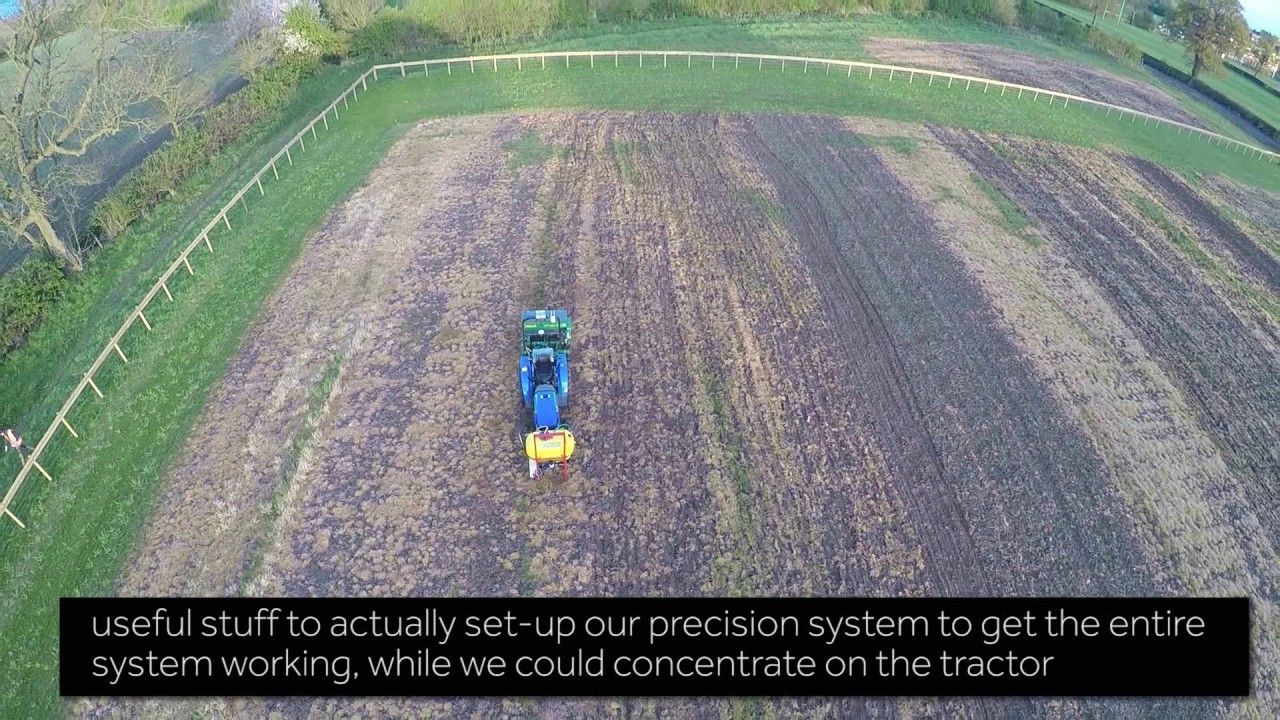
Proof that traditional farms can be 100% automated already.
This is as autonomous as farming gets, without any humans having to get themselves dirty, or even go outside.
Continue reading “Autonomous Robots Plant, Tend, and Harvest Entire Crop of Barley” »
Sep 11, 2017
Solar Physicist Explains How The Sun Controls Climate, Not Man
Posted by Brett Gallie II in categories: biotech/medical, neuroscience, policy, sustainability

https://www.youtube.com/watch?v=lmVxMZfy4eQ&feature=youtu.be
Are these huge solar flares causing massive hurricanes or Man made Climate Change? Interview with Harvard-Smithsonian Solar Physicist Wei-Hock “Willie” Soon about how solar cycle accounts for climate change.
In this exclusive interview, Infowars reporters Millie Weaver and David Knight talk with Harvard-Smithsonian Solar Physicist Wei-Hock “Willie” Soon about how solar cycle account for climate change. Soon uses science to dispel the false notion that CO2 emissions are to blame for ‘global warming’ and that it is nothing more than the politicization of pseudoscience for policy makers.
Continue reading “Solar Physicist Explains How The Sun Controls Climate, Not Man” »
Sep 11, 2017
UK wind electricity cheaper than nuclear: data
Posted by Saúl Morales Rodriguéz in categories: business, nuclear energy, sustainability
The price of electricity from offshore wind in Britain has dipped below the level guaranteed to Hinkley Point, raising questions about the construction of the vast nuclear power station.
The Department for Business, Energy and Industrial Strategy disclosed Monday the results of auctions for state subsidies for three new wind offshore farms.
Denmark’s DONG Energy won the auction to build Hornsea Two, which will become the world’s biggest offshore wind farm off the coast of Yorkshire in northern England.
